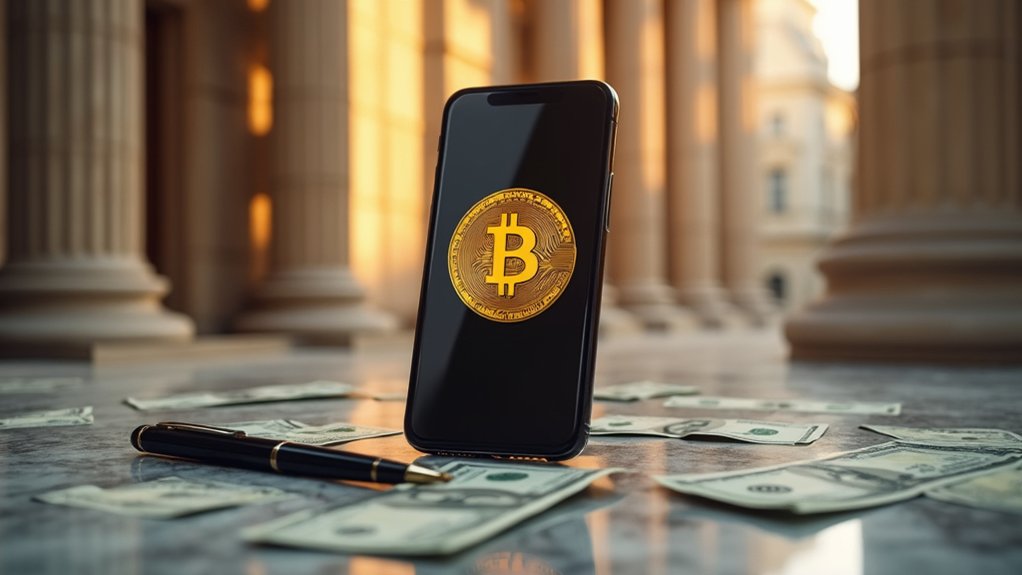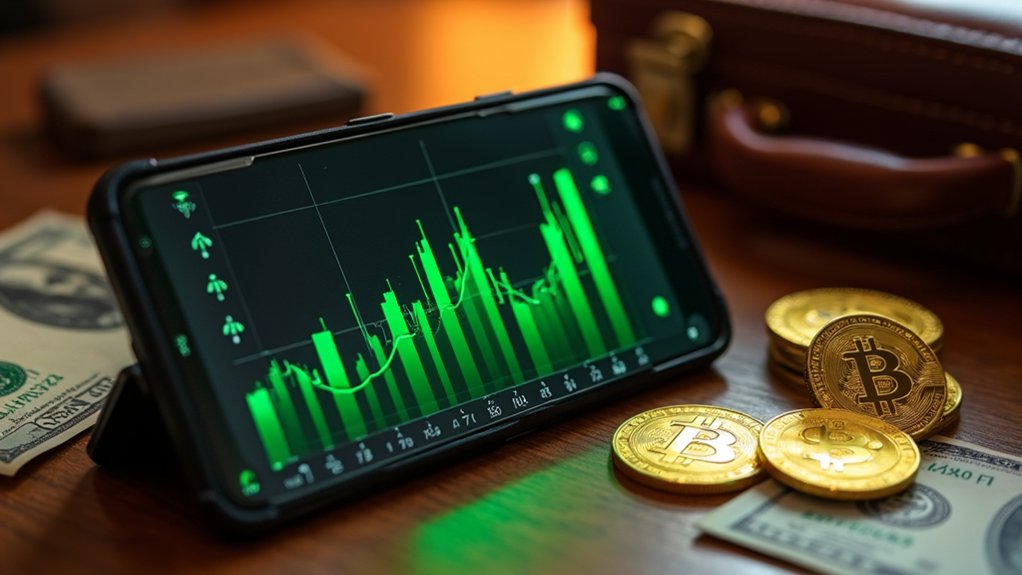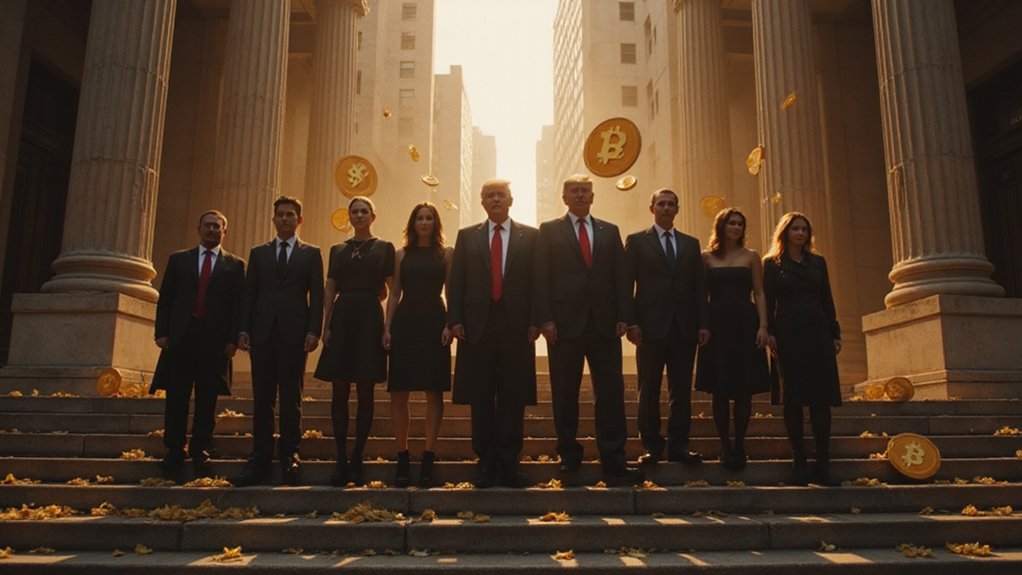The tangled web of carbon credit markets—where good intentions collide with market realities and regulatory fragmentation breeds the kind of opacity that makes even seasoned traders wince—may finally have found its digital salvation.
JPMorgan’s blockchain unit Kinexys has partnered with S&P Global Commodity Insights to tokenize carbon credits, promising to transform a market that has struggled with fraud, double-counting, and the sort of liquidity constraints that would make a venture capitalist break out in hives.
The voluntary carbon market’s current state resembles a Byzantine nightmare: over 30 disparate registries operating without meaningful coordination, creating comparability issues that have institutional investors treating carbon credits like radioactive assets.
The fragmented carbon credit ecosystem has transformed environmental assets into institutional pariahs through regulatory chaos and verification nightmares.
This fragmentation has spawned what industry insiders diplomatically call a “greenwashing risk premium”—essentially, investors demanding higher returns to compensate for the possibility that their environmentally conscious investments might be elaborate fiction.
Enter blockchain tokenization, stage left. The partnership aims to create digital assets backed by verified emission reductions, leveraging S&P Global’s Environmental Registry infrastructure alongside JPMorgan’s Kinexys platform (which already processes $2 billion in daily transactions, suggesting the technical infrastructure isn’t entirely aspirational).
The pilot, scheduled for July 2025, will test the complete token lifecycle while integrating three major carbon registries—a diplomatic way of acknowledging that nobody wants to be the first to abandon their proprietary systems.
The technical promise is compelling: end-to-end traceability, automated settlement, and 24/7 trading capabilities that could finally provide the transparency this market desperately needs.
Whether blockchain can truly solve problems rooted in fundamental measurement and verification challenges remains an open question, but the tokenization approach addresses the most glaring inefficiencies plaguing current carbon markets.
For JPMorgan, this reinforces its position as a blockchain pioneer in climate finance. For S&P Global, it represents a strategic pivot toward digital finance transformation.
The broader implications extend beyond corporate positioning—if successful, this initiative could facilitate institutional investment in climate solutions by creating tradable, liquid carbon assets that don’t require a PhD in environmental science to evaluate.
The market’s recent stagnation suggests that dramatic intervention is overdue. The success of regulated crypto exchanges in bridging digital assets with traditional financial markets demonstrates that institutional-grade blockchain platforms can effectively address transparency and liquidity challenges that have historically plagued emerging asset classes.









